Background
Students examine portraits taken by photographer Wing Young Huie and discuss their assumptions about the subjects in the photos. They then explore the concept of implicit bias and create a photography project about implicit bias as it relates to their own identities.
Level: School
Grade Level: 7-12
Location: Rural Northeast Minnesota
Goals
- Provide a safe environment for students to explore their own implicit biases and to take steps to become more understanding of others
- Use photographs as a tool to explore identity and bias
- Use art and writing to explore implicit bias
Grantee Reflection
“Students need to be able to talk about difficult things going on in their lives and communities with someone who cares about them. Providing the opportunity to share takes effort. We all need to listen.”
Procedure
Interested? Here's how you can do this project in your classroom.
What You’ll Need
- Black construction paper
- White chalk
- Digital cameras or phones with cameras
- Image editing software (like PhotoShop)
- A printer
Steps
- Purchase a classroom set of What Do You See? or access the images online.
- Distribute the images to students and ask them to read and discuss.
- Introduce the notion of implicit bias and ask students what it means to them. Use the zine photos as a springboard for discussion.
- Review Wing Young Huie’s description of his “Chalk Talk” workshop.
- During the lesson, have students work with a partner to practice their interviewing and listening skills by discussing the following questions:
- What are you?
- How do you think others see you? What don’t they see?
- What advice would you give to a stranger?
- Have students select one of their responses and explore it in writing.
- When they have an answer they like, have them write it on black construction paper with chalk.
- Arrange students in pairs and have them photograph one another holding their responses.
- Display the student work at school or another location, such as a public library. Hang the written statements next to the photographs.
- If possible, host an event where students can share their work and answer questions from their community, family and peers.
Related Resources
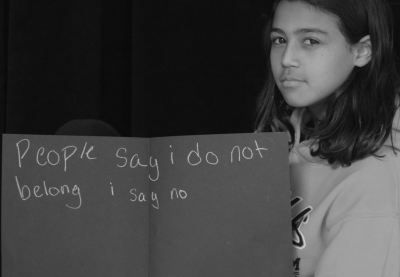
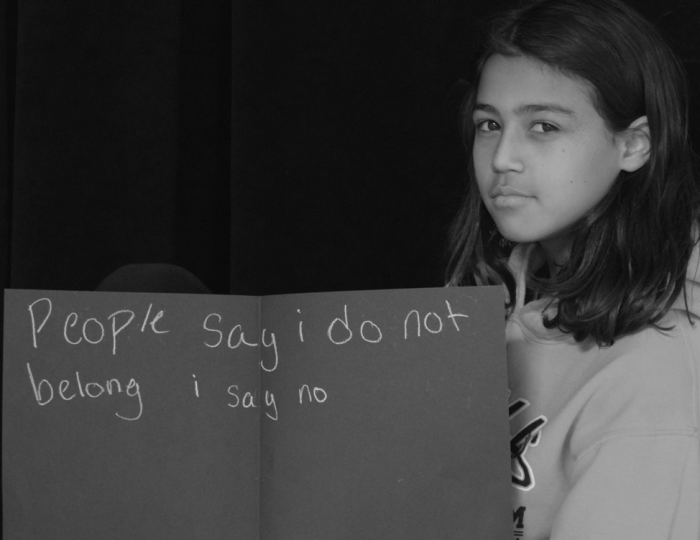
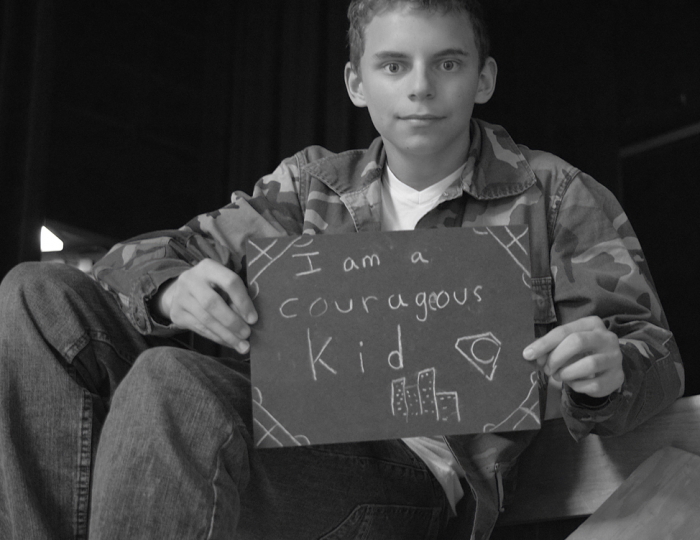
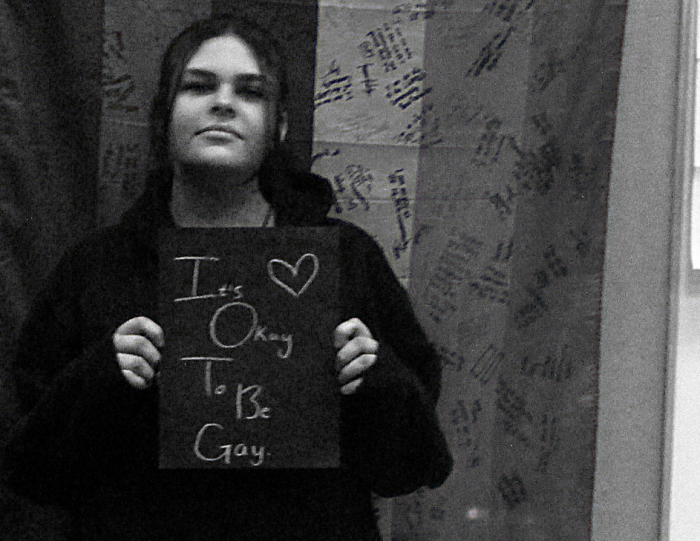
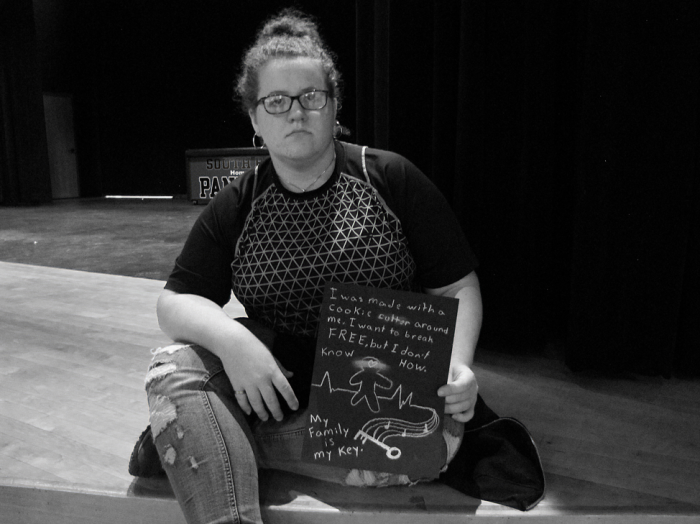
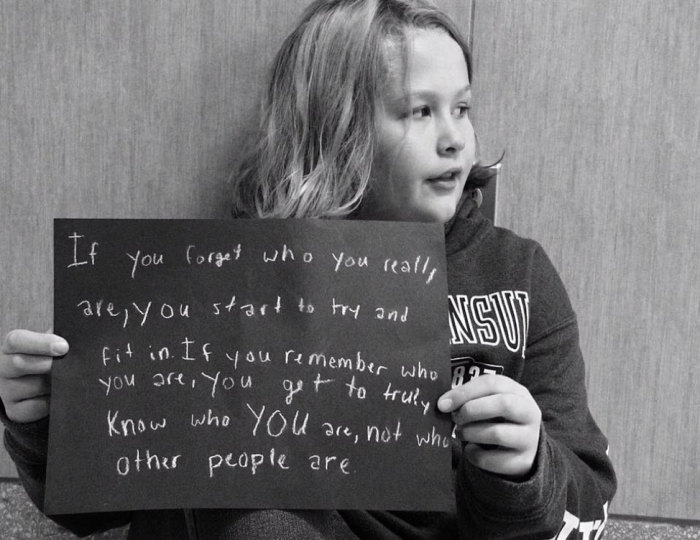
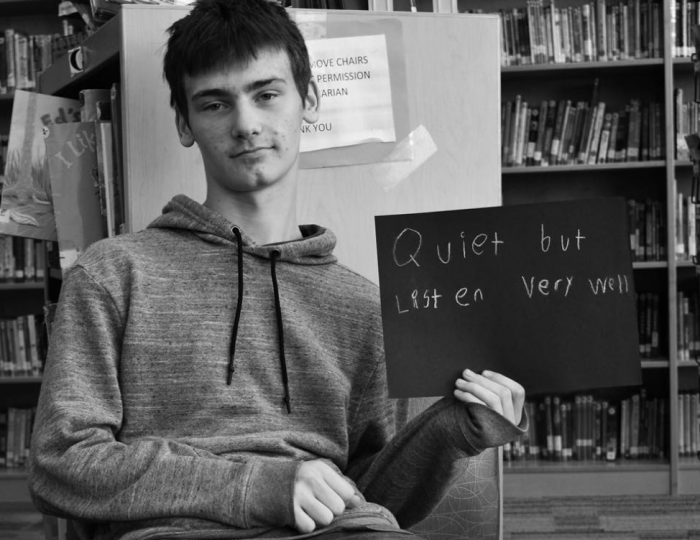
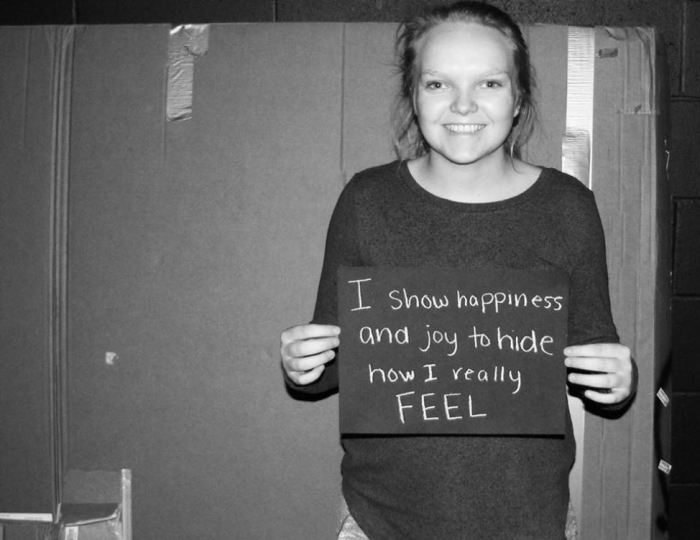
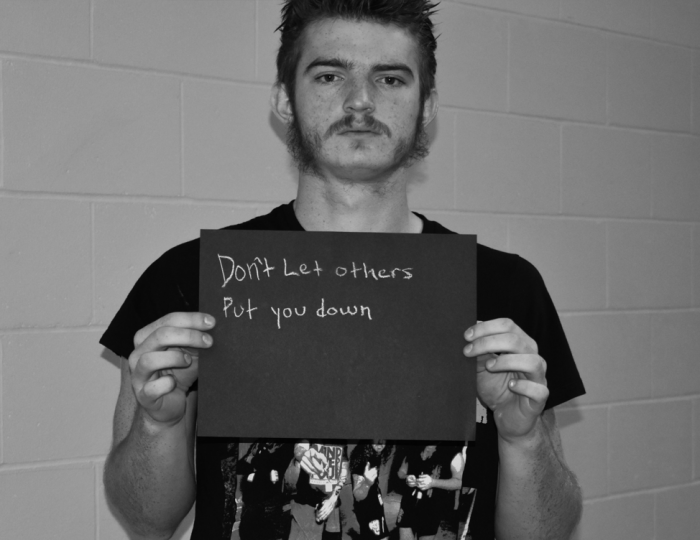

0 COMMENTS